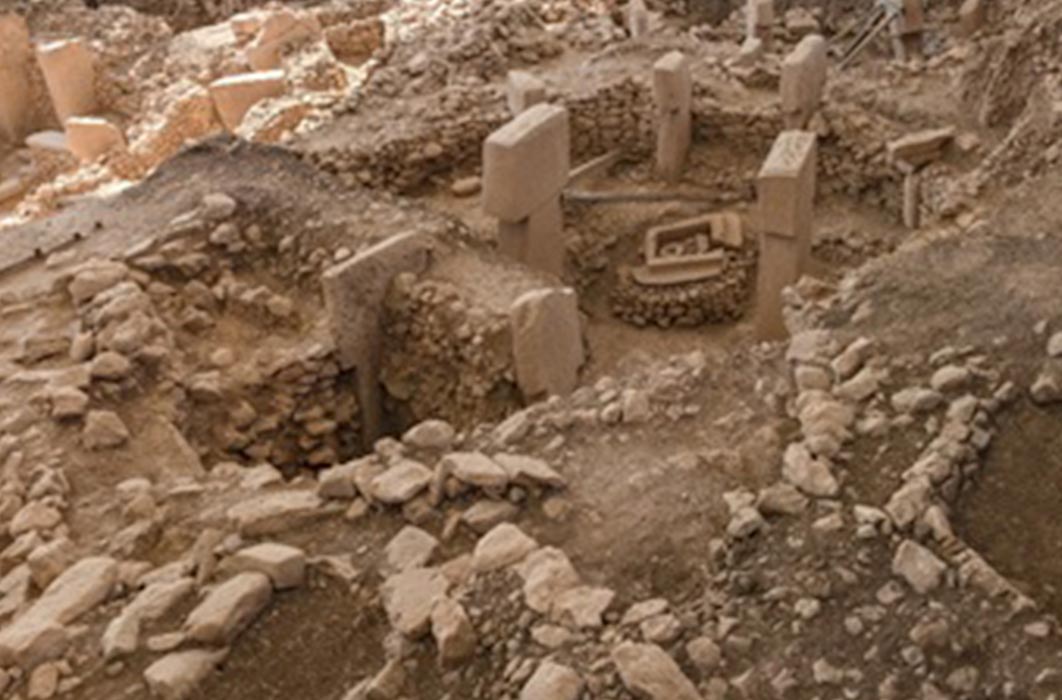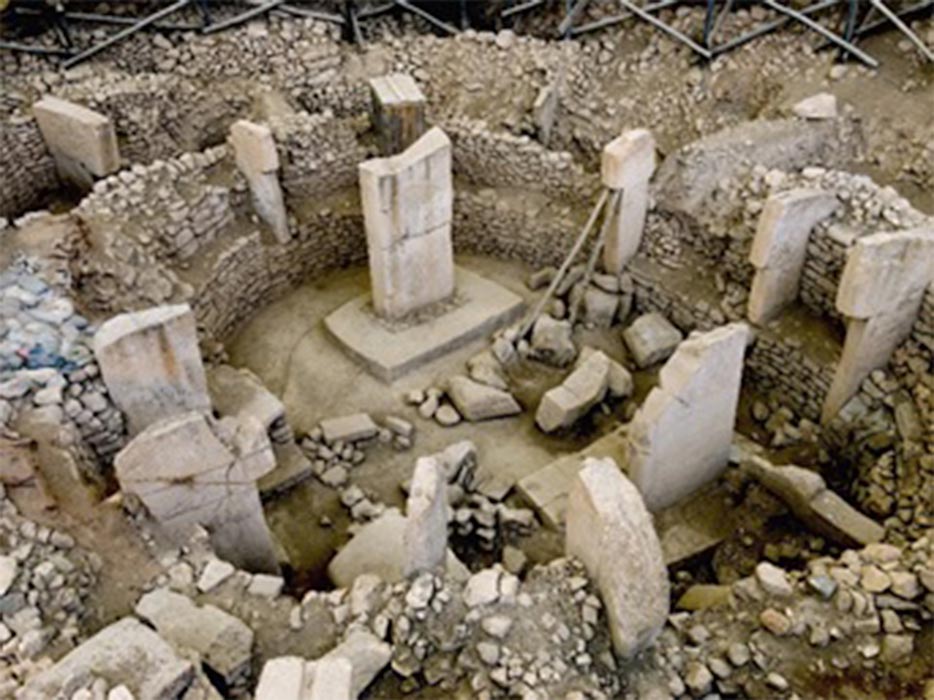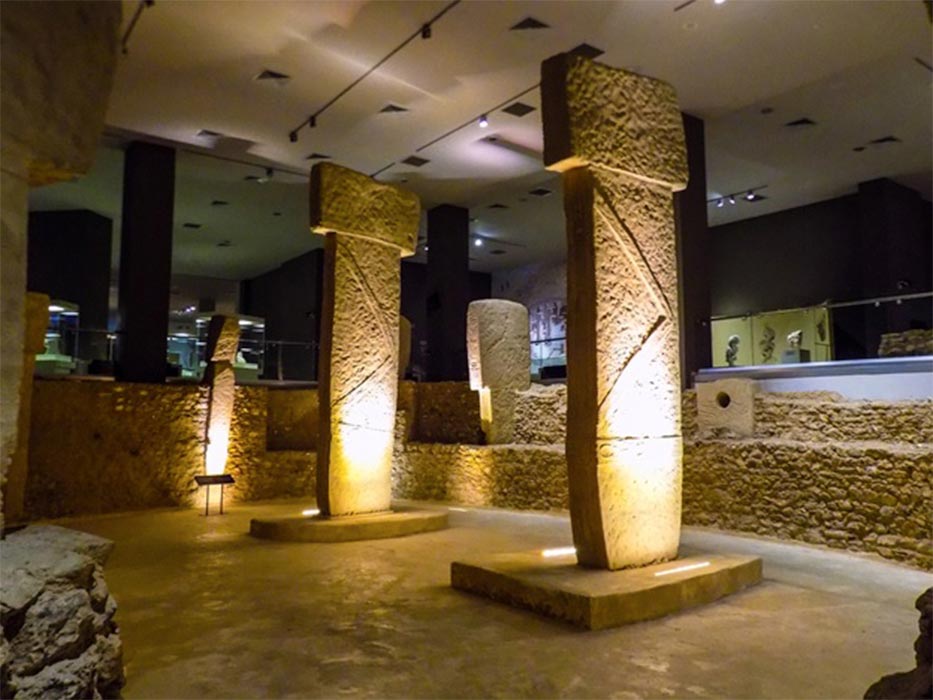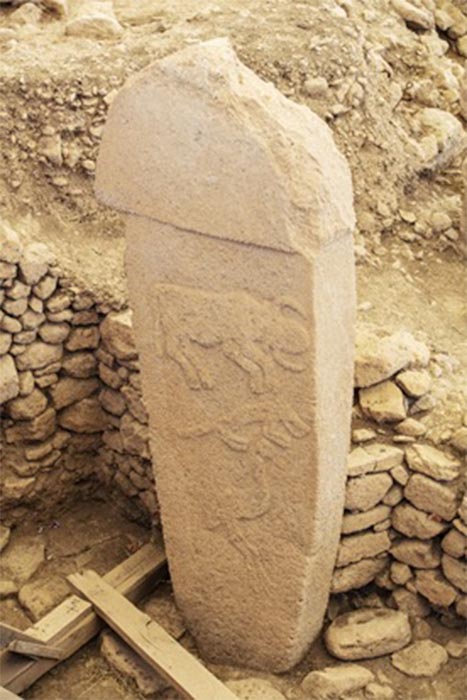
Göbekli Tepe, Birth of Civilization and Religion
Before the invention of pottery, before the birth of agriculture, before the advent of what is now called civilization, there was Göbekli Tepe. In one of the most stunning archaeological discoveries of the 20th century, indeed, perhaps of all time, the birth of civilization was pushed back by more than 6,000 years. And subsequent findings are adding even more to the mystery.

Ancient Site of Göbekli Tepe in Southern Turkey (Brian Weed/ Adobe Stock)
In the Beginning: A Holy Place
The site that is causing all the stir has also moved the gaze of historians north, into ancient Anatolia in southeastern Turkey, to face the perplexities of ‘In the beginning’. No longer is it safe to say that civilization began in Mesopotamia and Egypt. That honor now resides in the area spreading out from Şanlıurfa, long thought to be the birthplace of Abraham, the patriarch of Judaism. Called ‘Potbelly Hill’ by local natives, because of its rounded, protruding shape, the entire area of ancient Anatolia is rich in Biblical lore, but Göbekli Tepe's origins extend back much further in time. The elaborately carved T-shaped pillars, found within a series of circular structures, were erected some 12,000 years ago, predating the traditional dates for even the Egyptian pyramids by at least six millennia.
The dating is firmly authenticated and accepted by experts the world over. That is why the site has caused such a stir. Before the discovery of Göbekli Tepe it was standard theory that the Agricultural Revolution, with its guarantees of a stable food supply, brought about the first settled communities and led to the invention of writing and eventually the birth of established religion. Now that idea has been upended. Göbekli Tepe was almost certainly built by hunter-gatherers as a religious ritual center. Klaus Schmidt, director of excavation until his death in 2014, called it "the first human-built holy place." He believed that evidence clearly seemed to indicate that it was religion that led to the Agricultural Revolution, rather than the other way around. Something about the countryside itself seemed to call out to scattered bands of subsistence hunter-gathers to build what he called a "regional gathering place”.

Göbekli Tepe PIlars in the Sanliurfa museum. (Cobija / CC BY-SA 4.0)
Home to a Semi-Sedentary Population?
Dr. Lee Clare, the current director of excavation, disagrees with this assessment. He believes that Göbekli Tepe was home to a semi-sedentary population from its very beginning. This leads to a spirited argument. What could possibly have caused wandering bands of foragers to join together in one area, somehow organize themselves into a complex society organized enough to construct such an edifice and many others like it in the surrounding countryside, and begin the long march towards civilized modernity?
It had to be a powerful motivational force. One gigantic pillar found still resting unused in the quarry is estimated to weigh 50 tons! Why would they have wanted to move and erect such mammoth stones? Given the iconography carved into the standing T-shaped columns and the human-shaped images, some of which are 20 feet (six meters) tall and weigh up to 20 metric tons, the motivation seems almost certainly to be spiritual in nature. There is nothing at all practical about the structure in terms of meeting the needs of a subsistence-based culture.
Did the pillars support a roof? That is the theory, but no one really can say for sure. What is known is that images of carrion birds, jaguars, foxes, scorpions, cranes, storks, ducks, snakes, boar, aurochs, gazelle, wild donkeys, and what might be construed as sacred symbols, are carved in raised relief into the stone. The whole edifice exudes mystery, but since ground-penetrating radar indicates that only about five percent of the structures have been excavated, there is obviously a lot more to be learned in the coming years.





